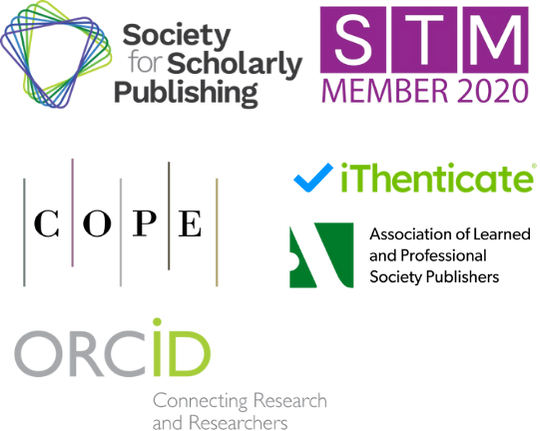Designing Accessible AI Systems for SMEs: Compliance with ADA and Section 508 through Conversational Interfaces
DOI:
https://doi.org/10.71222/8kz55e49Keywords:
accessibility technology, natural language processing (NLP), small and medium-sized enterprises (SMEs), text-to-speech (TTS), speech-to-text (STT), ADA compliance, digital inclusionAbstract
With lawsuits related to the Americans with Disabilities Act (ADA) resulting in approximately $4 billion in annual economic losses for businesses, small and medium-sized enterprises (SMEs) face significant cost pressures when developing accessible applications. This paper proposes an accessibility-focused conversational system based on an open-source natural language processing (NLP) framework, aiming to reduce legal risks for SMEs while enhancing digital accessibility for users with disabilities. The system integrates text-to-speech (TTS) and speech-to-text (STT) modules with a simple user interface, leveraging technologies such as Azure Cognitive Services, Play Framework, and MongoDB. Through example applications in online retail and restaurant ordering systems, the paper demonstrates the system's usability, ADA and Section 508 compliance, and seamless integration with existing content management systems. Experimental results indicate that the proposed approach significantly reduces development costs and improves the user experience for individuals with disabilities, providing a viable path for SMEs to implement digital accessibility and laying the foundation for future integration with large language models (LLMs) to enable more natural human-computer interactions.
References
1. J. Lazar, A. Olalere, and B. Wentz, “Investigating the accessibility and usability of job application web sites for blind users,” Journal of Usability Studies, vol. 7, no. 2, 2012.
2. A. Iglesias, et al., “Evaluating the accessibility of three open-source learning content management systems: A comparative study,” Computer Applications in Engineering Education, vol. 22, no. 2, pp. 320–328, 2014, doi: 10.1002/cae.20557.
3. M. De Sa, et al., “Designing and evaluating mobile interaction: challenges and trends,” Foundations and Trends® in Human–Computer Interaction, vol. 4, no. 3, pp. 175–243, 2011, doi: 10.1561/1100000025.
4. W. M. Watanabe, R. P. M. Fortes, and A. L. Dias, “Acceptance tests for validating ARIA requirements in widgets,” Universal Access in the Information Society, vol. 16, no. 1, pp. 3–27, 2017, doi: 10.1007/s10209-015-0437-9.
5. D. C. Barbe, R. G. Cheek, and K. J. Lacho, “What’s a small business owner to do? A framework and guidelines for complying with Title I-Employment of the Americans With Disabilities Act of 1990 (ADA),” Journal of Business and Entrepreneurship, vol. 4, no. 1, p. 53, 1992.
Downloads
Published
Issue
Section
License
Copyright (c) 2025 Yuxin Liu (Author)

This work is licensed under a Creative Commons Attribution 4.0 International License.


